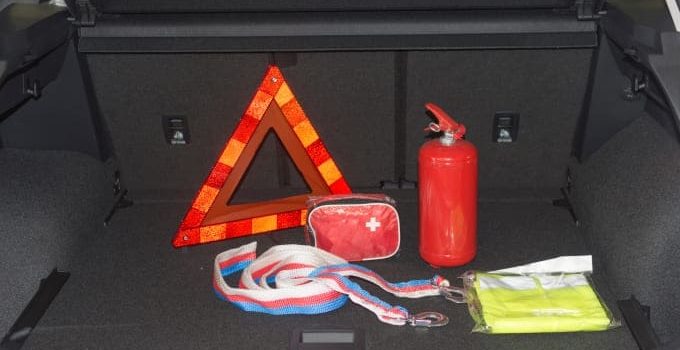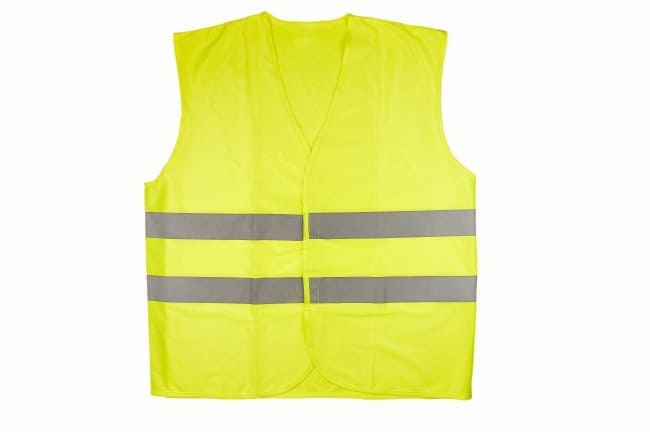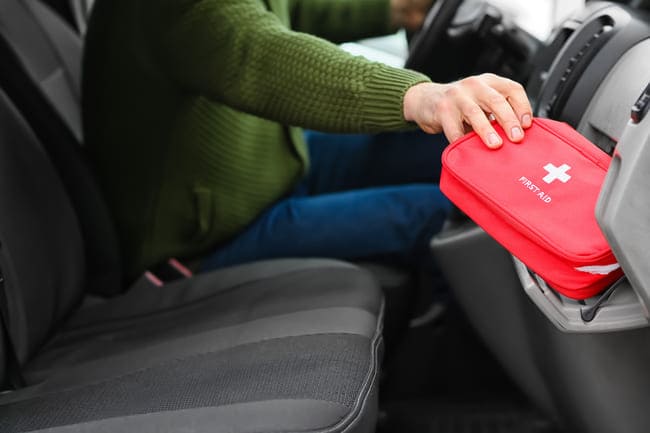
There are useful things to have in the car and there are things that you must have with you because they are required by law. Many people are not at all aware of which transport accessories must be carried, as new rules have recently been added. The following is an overview of what things it can be helpful to take with you while driving and what is mandatory in the car. Of course, it is particularly important to know what you really need to take with you in the car. Anyone who is out and about in traffic every day should therefore not only go through the following checklist, but also keep an eye on the expiry date of the respective utensils. These often lie around in the vehicle longer than expected, waiting to be replaced.
Contents
Driver's license and vehicle documents
The most important documents for future checks are certainly the driver's license and the vehicle documents. In the best-case scenario, you shouldn't even set off without it. Carrying a copy with you is not enough, so the original must always be available. If you forget your driver's license, you have to reckon with a fine of 10 euros and then show it to the infirmary. This is mostly a waste of time that could easily have been avoided.
The complete vehicle documents are used to prove that the driver is entitled to drive the car. If a friend's car is used, they should hand over the necessary papers so that there are no avoidable complications later.
Warning triangle and safety vest
The warning triangle in the car is set up in the event of accidents and breakdowns in order to inform other road users of the scene of the accident in good time and to ensure that people drive more slowly. When using it, it is important to pay attention to the distance at which the warning triangle is placed from the scene of the accident or breakdown: In city traffic, the rule of thumb is to place the triangle about 50 m away from the direction of travel; on country roads and motorways it is 100 and 200 m. This is not required by law and should only be used as a guide at this point – ultimately it is up to one's own discretion to estimate the distance. But where is the warning triangle in the car? In an emergency situation, action must be taken as quickly as possible. That's why the warning triangle is always ready to hand in the luggage compartment. The warning triangle itself is characterized by good stability, which also defies higher wind speeds to ensure safe use. Visibility is also an important criterion. If you don't have a breakdown triangle yet, you should get one now at the latest. They are quite cheap to get; the price ranges from 5-15 euros, although differences in quality can play a role here, even if all products available on the market must comply with the standards set by law. For your own safety, you should always wear a high-visibility vest while setting up the warning triangle so that you are visible to other road users and thus avoid subsequent accidents.

It has been mandatory in The United Kingdom since 2014 to also carry this in privately used vehicles. To be able to use it quickly in uninvited situations, it should be kept in a place like the glove box or under the seat. In other European countries, it could also be mandatory to hand out a high-visibility vest to the passenger in the event of an accident. To be on the safe side, you should inquire about this before you go on holiday, as not wearing a high-visibility vest can lead to really high fines! It is always best to pack a vest in the car with your luggage. This must comply with the applicable European standard EN 471. In addition, the following applies: Without a safety vest or warning triangle that complies with the standard, there is no TÜV sticker!
First aid kit

Having a first aid kit in the vehicle with a valid expiry date has long been mandatory in The United Kingdom. What the emergency kit in the car must contain is clearly regulated. In 2022 it will even be mandatory to keep at least two masks in the first aid kit. It is not yet known when exactly the regulation will come into effect and whether it will be medical masks or the FFP2 standard. Otherwise, a fully equipped first aid kit contains various bandages, plasters, gloves, a rescue blanket and scissors. Should a product ever be used, a replacement must be provided as soon as possible, since the components of the box can be checked for completeness during an inspection. The quantity of the materials is stipulated by law and can be updated again and again. First aid kits that comply with DIN standard 13164 contain everything you need. If you only have an incomplete first-aid kit to show for a check, you get off relatively cheaply – the fine is usually only 5 euros – but it is advisable to provide supplies as soon as possible, just to ensure your own safety and that of your passengers be able.
Useful tools to help
One of the things to have in the car is certainly the spare tire. This is not absolutely necessary, but it is in the interest of general safety. If you have a longer journey ahead of you, you run the risk of being stranded with a flat tire and wasting time waiting for the repair service. If a breakdown occurs late in the evening and the sun has already set, it is always worth having a smartphone charger at hand. This ensures that help from outside comes quickly, even at night. Ideally, a flashlight app should be included on the smartphone, otherwise a hand-operated flashlight is very practical for better identifying damage in the dark. With a blanket and other little things such as cool drinks or sunglasses, you are well prepared in all wind and weather conditions in case a breakdown should occur on longer journeys. As can be seen, the things that are not necessary to carry with you can also be very useful and increase your own comfort in unpleasant situations. That's why it's better to make provisions just in case!
